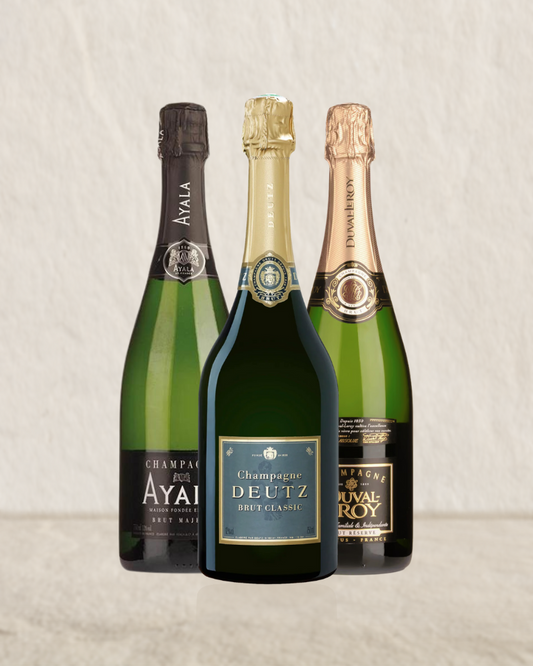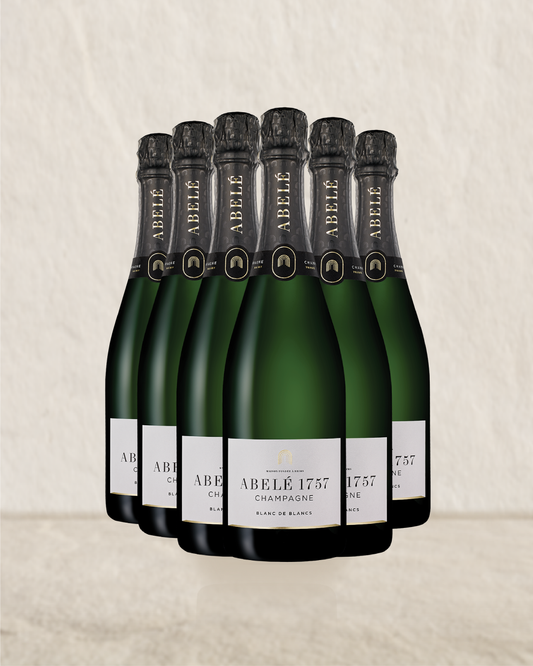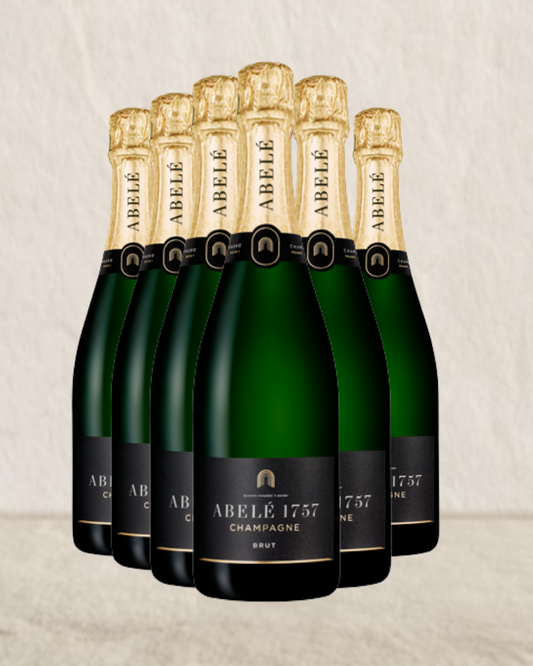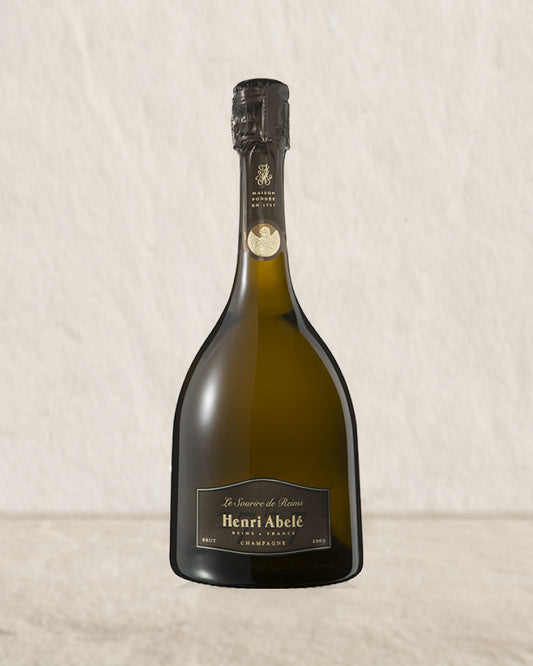The winemaker’s role – it’s more than just ensuring the blending of consistent non vintage Champagne.
The assemblage of a non vintage cuvee is the prime example of where science meets art. The non-vintage blend is of upmost importance and is the true ‘flagship’ of all Champagne houses. Vintage and prestige blends may attract fame and attention, however it is the ability to produce a consistent product whatever the vagaries of vintage conditions, which show the chef de caves greatest skill. The winemaker’s task has expanded since earlier times and is now involved in all levels of production as well as taking on more viticultural responsibilities.
It is extremely rare for Champagnes to be produced from a single cru, vintage or variety. This is because it will only be in exceptional circumstances that such a wine would be perfectly balanced in composition and flavour for the production of a premium sparkling wine. This is where blending is considered to be the art of the Champagne method. The selection of the various components available to the winemaker is considered with three primary goals; the production of a sparkling wine of consistent flavour and quality, the enhancement of the individual components and the production of a base wine of sufficient quantity. The result is a wine that is greater than the sum of the parts. The art of blending depends partly on chemical formula, yet relies heavily on the skill and talent of the blender.
In other wine regions blending is often frowned upon, with the best wines coming from a single estate and a single vintage. In Champagne however, the traditional view is that a consistency of product requires a blend of different grape varieties from many different areas and requiring wines of many different vintages. The winemakers skill will show in his ability to use the various components at their disposal (Krug may use up to 50 different base wines from 6 to 10 different vintages) to make a product that is consistent year in, year out. This is very important as lovers of Champagne are uniquely different to other wine consumers in that they have brand loyalty like no other. Possibly due to their first great Champagne experience, consumers will support Champagne houses like they might support a football team. They can become part of a Champagne ‘family’ and simply will not except substitutes. They may be missing out on the myriad of diversity that Champagne can deliver, but with satisfaction and pleasure guaranteed, they will be expecting the same style whether a bottle is opened tomorrow or one purchased many years in the future.
This is where art and skill are at their pinnacle. As Champagne is in such a marginal climate, every vintage will give different characters both positive and negative. To overcome possible shortfalls, the use of differing crus, vintages and varieties will help to produce a better and more consistent product. The winemaker may have the experience and mental memory of previous vintages; however meticulous notes taken on each cuvee, variety and cru allows the blender to compare analysis and characteristics of past seasons to interpret what may be required.
Traditional family owned houses profess it is the working relationship between family members and the chef de caves that is responsible for the quality and continued house style. To ensure the family style will carry on through the generations, sons and nephews will be trained in the art of blending to ensure the legacy of the family palate continues. The head of the house would have the final decision as to the composition of the final blend and the chef de caves would be expected to carry out his decisions. Currently not many family owned houses remain and greater responsibilities are now placed on the chef de caves on all technical matters. Most chef des caves these days are trained oenologists, with the larger houses having several trained oenologists on their team. At Louis Roederer, Jean-Baptiste Lecaillon has headed the winemaking team since 1999, specialising in not only oenology at Montpellier but in viticulture as well. This is in keeping with the philosophy of Jean-Claude Rouzaud for the past three decades and is the direction for all future winemakers in Champagne.
The role of the chef des caves has evolved with much greater responsibilities in all viticultural matters. Originally it was merely the role of cementing relations with growers, then it was about trying to persuade growers to reduce yields and follow various viticultural practices. Many houses today are now seeking to bring vineyards under their direct viticultural control and the chef des caves is as much responsible for the quality of the grapes, as he is for the finished wine.
There are some brilliant winemakers of recent times who have gone far beyond mere blending and have transformed house styles for their greater good. The late Daniel Thibault was responsible for raising the quality level dramatically at both Charles and Piper Heidsieck. Becoming winemaker at Charles Heidsieck at just 29, he systematically sought to increase the levels of reserve wines used in the blend for greater quality and complexity. The introduction of a range of special reserve wines (some as old as 19 years before release), and the ‘Mise en Cave’ (signifying the date of cellaring) wines have added an extra dimension to the range. There has been some dissent about ‘Mise en Cave’ in that consumers could be confused with a vintage wine; nevertheless this is an issue of education from retailers and the trade and not the system itself. For the informed consumer, this system allows the knowledge of the wines precise age and can choose accordingly. Piper Heidsieck was to equally go through significant improvements. The malolactic fermentation which had previously been inhibited, was allowed to proceed to give the wines a more open, forward character on release. Heidseick chose to increase the percentage of wines sourced from the Cote de Bar, as these wines tend to be fuller and richer giving a much rounder and complete wine for immediate pleasure. His tragic early death at just 55 years old was a great loss, however his legacy lives on in the wines he produced and the esteem both houses receive.
At Mumm since 1998, the role of chef de caves was led by the youthful Dominique Demarville who helped restore this once great grand marque to its former glories. The wines had been criticised for having marked, dirty malolactic aromas during the eighties, however this fault has been completely eradicated and the future looks bright indeed. Dominique has since moved on to Veuve Clicquot and the role was filled by the equally talented and inspirational Didier Mariotti who over the past decade has led Mumm to be one of the most respected houses today
At the small quality house of Jacquesson, Laurent Chiquet has made numerous innovations and improvements. Chiquet introduced strict viticultural practices; cover-cropping, ploughing, higher density plantings, short pruning, no herbicides, double debudding and even experimenting with the training of both Pinot Noir and Meunier on a permanent cordon. The policy was also adopted where they would not purchase grapes from villages they themselves did not farm. His most interesting policy however, was the turning of the non-vintage philosophy on its head. No longer seeking consistency, Chiquet seeks to produce the best wine possible every vintage. A luxury that a large house could not afford to do owing to the need for consistency, this enables a small quality house such as Jacquesson to effectively create a second-tier vintage wine. This is easier to produce than a legitimate vintage wine, due to the ability to blend when required.
The production of a consistent non-vintage blend is a skill to be applauded and admired as it is the stamp and individuality of each house. For the modern Champagne winemaker however, it is just one of the many roles ranging from viticulture to all areas of production that they have greater responsibility and control over to ensure the finest possible finished product.







